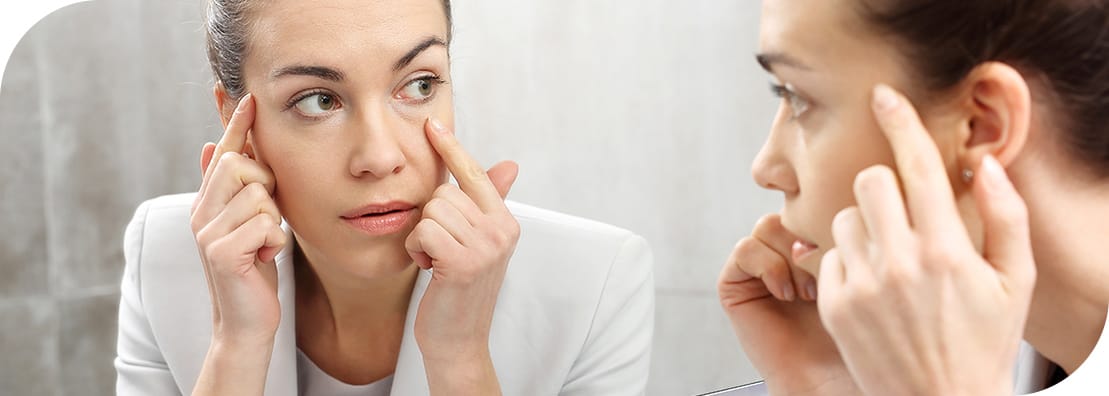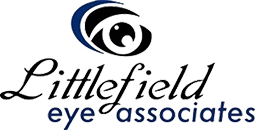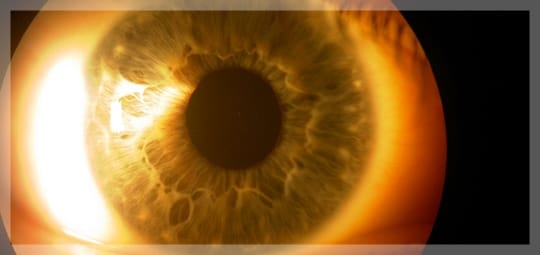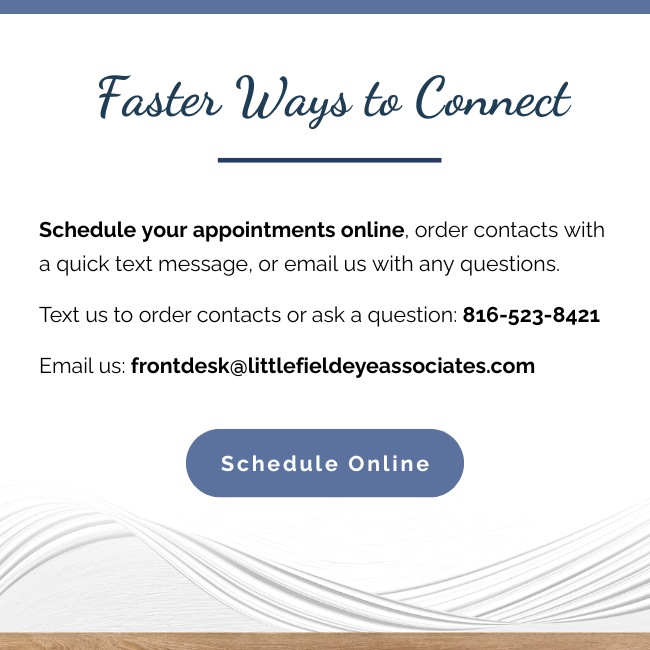Find Relief for Dry Eyes
Have you experienced itchy, gritty, or burning eyes, and the feeling just won’t go away? Dry eye disease could be the culprit, a common chronic condition affecting around 4.88 million Americans over 50.
Dry eye disease results from a dysfunction in your tear production. When your eyes are not properly lubricated, your vision and comfort can suffer greatly. Thankfully, there are treatments and alternatives to help address the problem.


What Is Dry Eye Disease?
Dry eye disease (or dry eye syndrome) is a condition in which the eye does not produce enough tears, or the tears are too thin to lubricate and nourish the eye. Tears are necessary for maintaining the health of the front surface of the eye and for providing clear vision.
Why do we need tears? Well, tears provide lubrication and reduce the risk of eye infection. They wash away foreign matter and keep the surface of the eye smooth and clear. With every blink, tears are spread across the cornea (the front surface of the eye).
Dry Eye Causes & Symptoms
Dry eye can result from an improper balance of tear production and drainage. Advanced dry eyes may even damage the front surface of the eye and impair vision. Older adults frequently experience dry eye, but it can happen to anyone.
Medications, other diseases, obstructions of glands, hormone changes, and many various medical situations can create dry eye symptoms.
When you have dry eye disease, you may experience the following symptoms:
- Irritated, itchy, or burning eyes
- Feeling like there’s something in your eyes
- Excessive watering
- Blurred vision
Our dry eye questionnaire is here to help if you’re unsure about your symptoms. Answer a few questions, and we can recommend if you should visit us for a dry eye diagnosis.
How Littlefield Eye Associates Can Help
While dry eye can be a chronic condition, our eye doctors can prescribe treatment. This can help keep your eyes healthy, more comfortable, and prevent your vision from being affected. Specific treatments aim to restore or maintain the normal amount of tears in the eye to minimize dryness or related discomfort. Our goal with treatment is to maintain your optimal eye health.
Prescription Eye Drops
We can treat your dry eye symptoms with eye drops (artificial tears) to help reduce redness, inflammation, and support tear production. Based on your dry eye symptoms, we may prescribe medicated eye drops with anti-inflammatory properties.
Punctal Plugs
Punctal plugs are tiny devices that we can insert into your tear ducts to improve tear retention and production. About the size of a grain of rice, the punctal plugs stop tears from draining out of your eye, keeping your eyes well lubricated and alleviating dry eye symptoms. They’re safe and effective and come in temporary or semi-permanent varieties. Find out if punctal plugs will work for your eyes.
Nutritional Supplements
Adding healthful foods and supplements to your diet can bolster your eye health. Studies have found that omega-3 fatty acids assist with maintaining healthy vision and supporting our bodies. These powerful nutrients come from fish oil and are easily packaged as supplements. Please contact us before adding supplements to your diet.
OptiLight Treatment to Relieve Your Symptoms
OptiLight by Lumenis is a light-based, noninvasive intense-pulsed light (IPL) treatment done around the eyes to manage dry eyes. It’s the first and only IPL FDA-approved for dry eye management. The treatment is safe, gentle, and is backed by more than 20 clinical studies.
By using precise pulses of light, the OptiLight reduces the inflammation typically associated with dry eye disease, improves tear break-up time, and increases meibomian gland functionality. 85% of dryness is due to meibomian gland dysfunction, and the OptiLight directly treats the inflammation in these glands, with symptoms sometimes improving after only one visit. Typically, OptiLight is a series of 4 treatments, spaced 3-4 weeks apart. After this initial series, the maintenance treatments are usually every 6-12 months, depending on symptoms.
How to Prepare
To prepare, please come to your appointment without makeup. You should also discontinue the use of retinol at least 2 weeks before the treatment.
What to Expect
You will be taken to the treatment room, where a technician will prepare you for the treatment. The technician will apply a thin layer of gel to the treatment area, and you will be asked to wear eye protection during the session. The doctor will perform the treatment, then you sit with a heated mask on for 10 minutes. After that time has passed, the doctor returns to express the meibomian glands, clearing them of blockages—and that’s it!
After Treatment
There is essentially no downtime with the procedure. The skin may be a little sensitive the same day, but you can wear makeup immediately after if you wish. We advise using SPF sunscreen all day, every day for 10 days after treatment, and limiting sun exposure. The treatment will show improvement immediately, but most patients see significant results after the second treatment.

Get Relief Today
To learn more about this condition, watch the video below. Please schedule an appointment with us if you are experiencing any discomfort in your eyes, or if you suspect that you have dry eye disease.
Discount Code – LEA10

Hours & Location
Littlefield Eye Associates is located at 220 West 75th Street between Wornall Road and Wyandotte Street, across from the CVS Pharmacy and ALDI.
Our Address
- 220 W 75th Street
- Kansas City, MO 64114
Contact Information
- Phone: 816-523-8421
- Email: [email protected]
Hours of Operation
- Monday: 7:00 AM – 6:00 PM
- Tuesday: 7:00 AM – 6:00 PM
- Wednesday: 7:00 AM – 6:00 PM
- Thursday: 7:00 AM – 6:00 PM
- Friday: 8:00 AM – 1:00 PM
- Saturday: Closed
- Sunday: Closed











